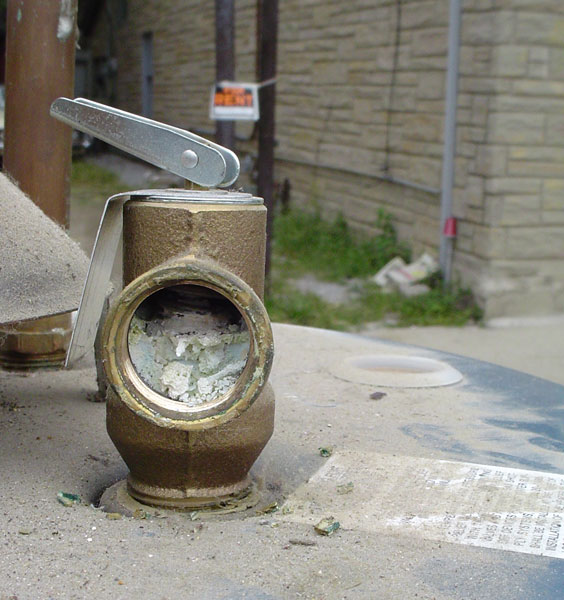During home inspection, I found that the hot water heater T&P valve piping used cpvc(not copper) , which
is supposedly OK. The piping from the T&P value turns in the upward direction, for over 4+ feet, going 2+ feet above the top of the hot water heater,
then goes horizontal...and then down, to a drain, with a total run well over 25ft
Reading online and the manual for the heater says that the piping should allow gravity feed, which
implies it should never go upward.
Any suggestions/opinions would be greatly appreciated..
Is this acceptable?
This is a replacement heater in a 1950s home ,in a location that did not include a drain(hence the nonstandard install).
Nick .
is supposedly OK. The piping from the T&P value turns in the upward direction, for over 4+ feet, going 2+ feet above the top of the hot water heater,
then goes horizontal...and then down, to a drain, with a total run well over 25ft
Reading online and the manual for the heater says that the piping should allow gravity feed, which
implies it should never go upward.
Any suggestions/opinions would be greatly appreciated..
Is this acceptable?
This is a replacement heater in a 1950s home ,in a location that did not include a drain(hence the nonstandard install).
Nick .

